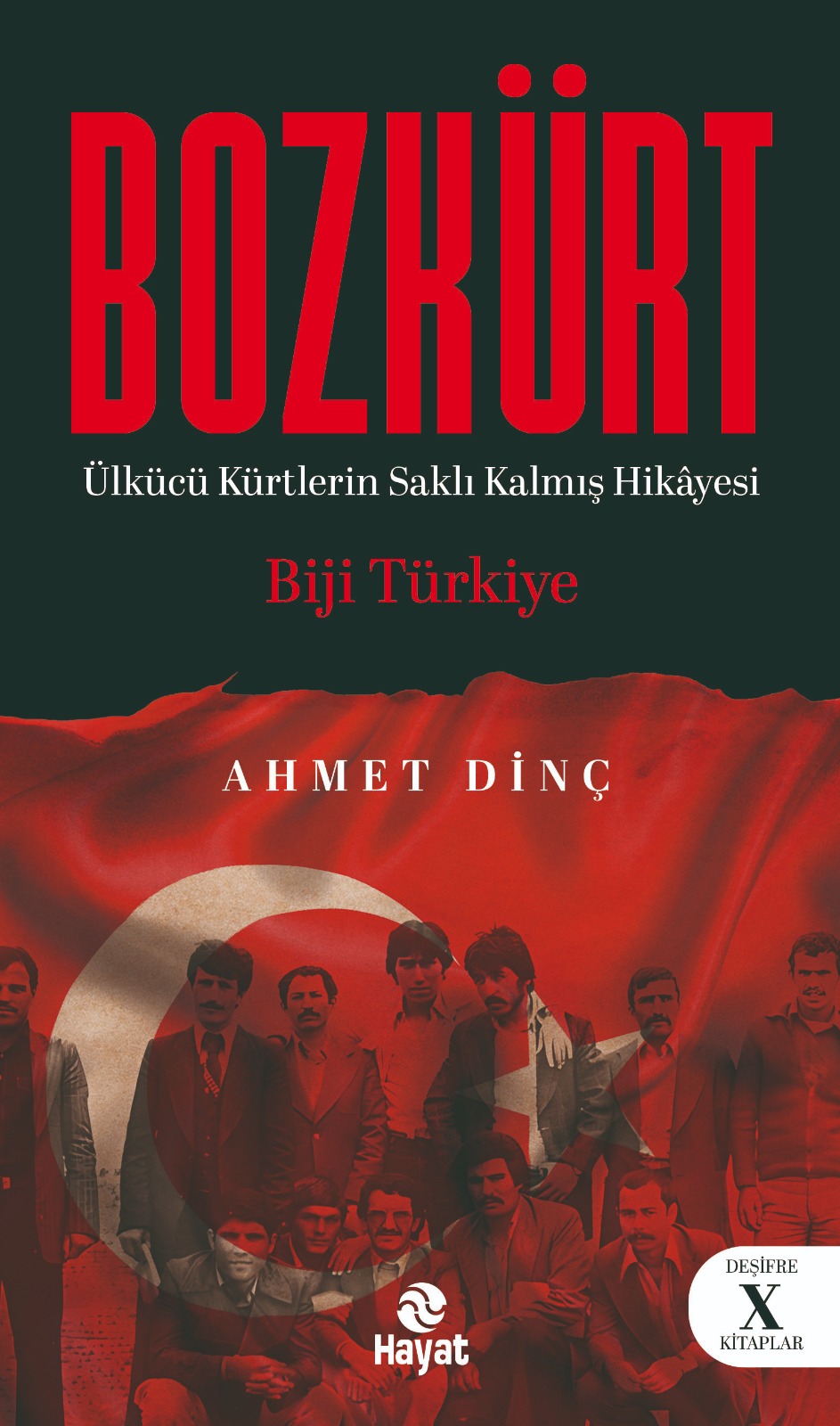'Trojans: US Spy School in Ankara' and 'Grey Kurd: The Hidden Story of the Idealist Kurds - Long Live Türkiye' have been published.

The first two books in Hayat Publishing's "Decipher X Books" series were published under the editorship and publication consultancy of journalist Kamuran Akkuş.
The 68-Year-Old "Hidden History" of the American School in Ankara Revealed in a White Chevrolet
The book, "Trojans: US Spy School in Ankara," reveals the 68-year-old hidden history of a mysterious school that operated at the American military base in Balgat, in the heart of Ankara during the Cold War.
The book is the product of a long-term investigation that began when journalist Ahmet Köprülü, while examining the file (testimony) of a classic Chevrolet he saw in a gallery in Tandoğan, Ankara, in 2006, came across the name of Jack E. Daseler, the founder of the American School located in the closed-to-the-public base area of Balgat, Ankara, in 1957.
According to Köprülü's findings, Ankara American High School, established in 1957 by the US in collaboration with the JUSMMAT and TUSLOG units, served not only the children of diplomats and officers but also American public diplomacy activities throughout Turkey . The school was apparently run by high-ranking figures such as US Ambassador Fletcher Warren, one of the architects of CENTO, and JUSMMAT General A. Mead. On the Turkish side, the school was led by retired Turkish Armed Forces Colonel Kamil Homriş. Homriş reportedly taught French at the Land Registry and Cadastre Vocational High School in later years, and among his students was Abdullah Öcalan.
At Trojans, yearbooks from 1958 to 1980 document that American students hung portraits of USSR leader Lenin in their rooms. Yearbooks also reveal that US President George W. Bush, believed to have visited Turkey for the first time in 2004, attended the school's graduation ceremony in 1978 with his wife, Laura. Trojans reveals the cultural and political influence of America in Turkey through documents, testimonies, and archives. The book details everything from the school's educational process to students' participation in both educational and public relations activities.
Köprülü also delves into how the American School shaped the social structure in Türkiye in the 1960s and the school's political impact during the Cold War years, when the "anti-communist" reflex was dominant.

Bozkurt: The Story of the Idealist Kurds
"Grey Wolf" brings to light the untold stories of individuals of Kurdish and Zaza origin who joined the Idealist Movement. The book examines how individuals of Kurdish and Zaza origin joined the Idealist Movement through socio-political, cultural, and ideological dynamics.
Ahmet Dinç examines the Kurdish-origin cadres of the Nationalist Movement Party (MHP) and the Idealist Movement, led by Alparslan Türkeş. He offers previously unseen insights into the founding of the Idealist Hearths in eastern and southeastern Türkiye, their activities in Kurdish cities, and the social interactions within the region.
Documents and images from Alparslan Türkeş's 1975 rally speech from a tank in Diyarbakır are also included in the book. Bozkürt not only introduces Kurdish individuals within the Idealist Movement but also explores the ideological connections between Turkish and Kurdish nationalism. In this process, numerous factors influence Kurds' participation in Turkish nationalism and the Idealist Movement are examined. The book explores the origins of the term "Bozkürt" and why some Kurds became Türkeş's most loyal soldiers.
Bozkürt, whose foreword was written on February 27, 2025, the day Öcalan's call for the PKK to disarm and dissolve was made public, emphasizes the construction of an alternative social space to Kurdish nationalism in the post-PKK era. Dinç assesses the critical threshold reached as follows:
Now is the time for the Grey Kurds to come out of their corners and take action as conscious 'common denominators' to repair the damaged relationships, minds, emotions and dreams of a common future.
The Grey Kurds must return to the field as experts who know both peoples very well, to repair all the damage done in the 'post-PKK' period, in the name of the unity of the two peoples and their shared vision of a future, whatever/wherever has been damaged over the past forty-odd years. (…) In the new era, the Grey Kurds will/must be a true glue.”
Timeturk





